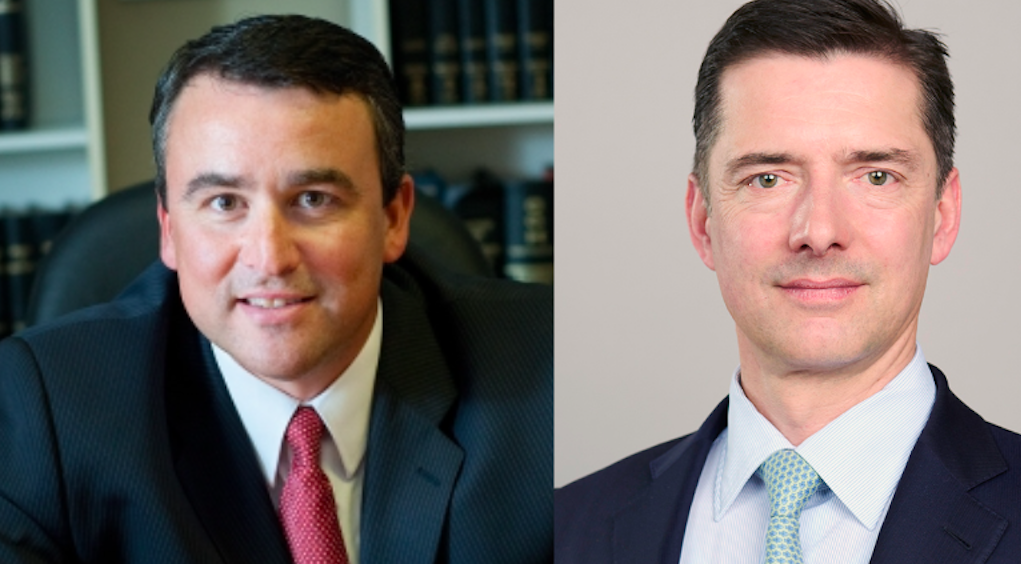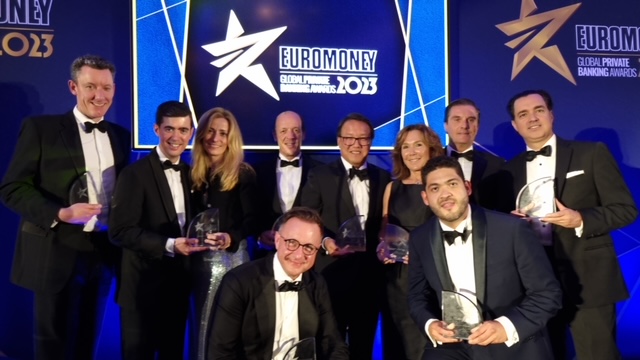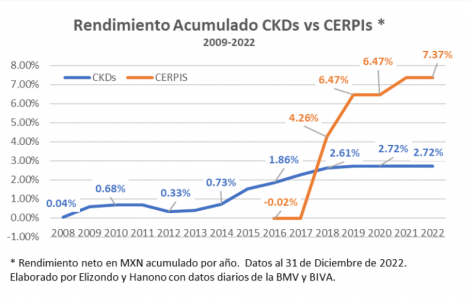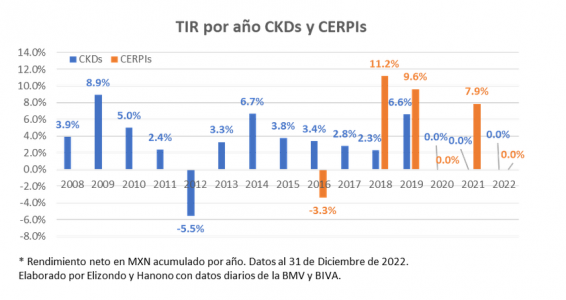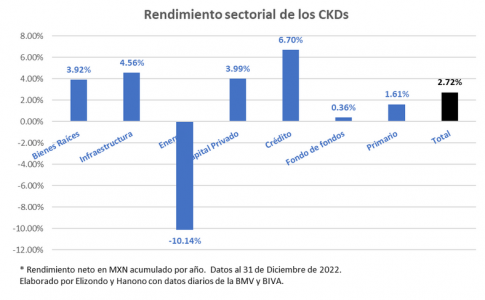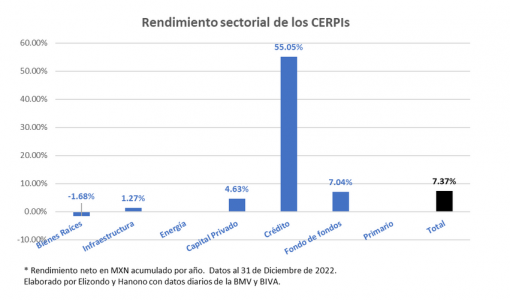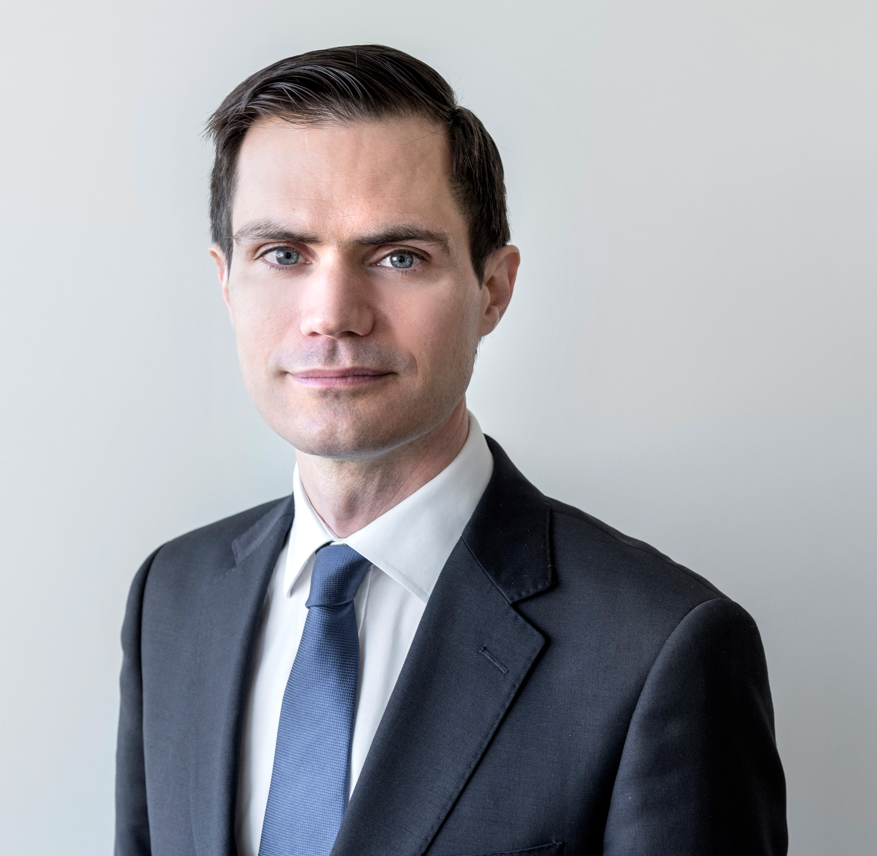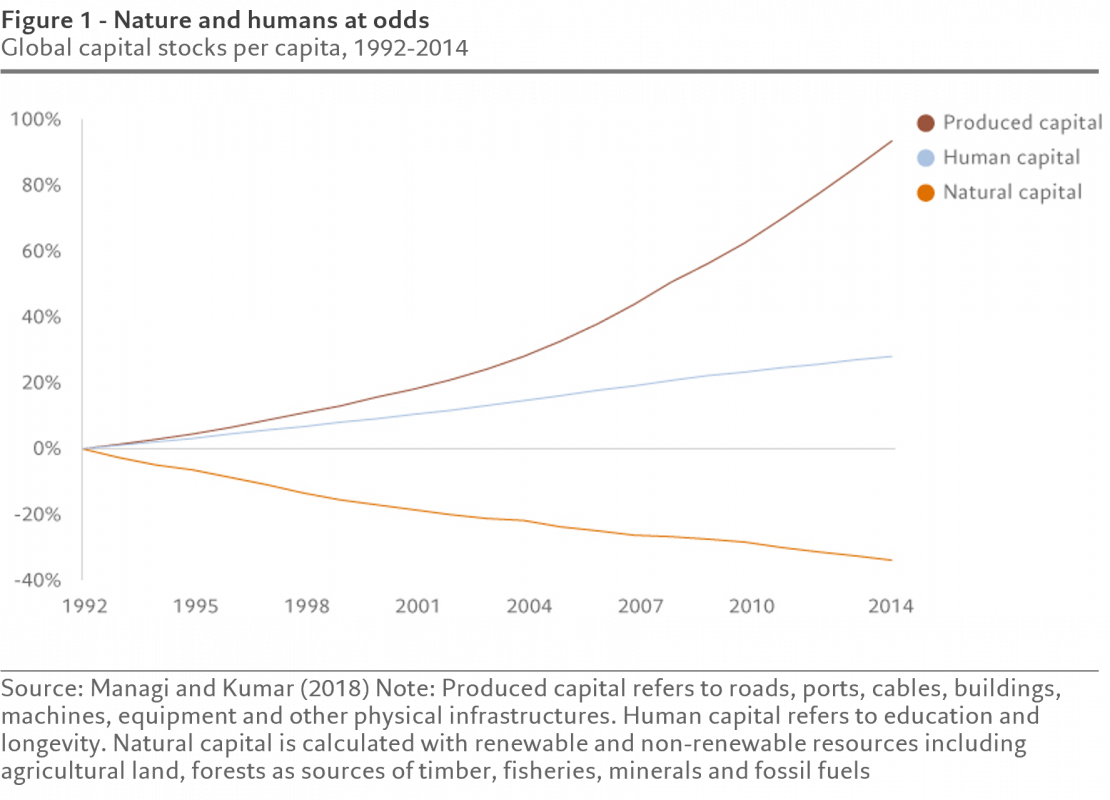Fixed-income in the Spotlight?
| Por Romina López | 0 Comentarios

In this new global context: rising interest rates and inflationary pressures triggered mainly by the expansionary monetary policies applied by central banks during the pandemic, together with a new geopolitical reality, investors’ and portfolio managers’ appetite for fixed income has been reawakened. Relegated in recent years due to low-interest rates, this asset class is now a tool for protecting purchasing power in the face of inflation.
The recent bankruptcy of Silicon Valley Bank (SVB) in March reverberated across markets, raising concerns about the impact on the financial sector in general and global monetary policy, reinforcing investment in fixed-income instruments as an exciting option for investors.
The US financial multinational Morgan Stanley is betting on bonds. It ranks them as the potential big winners of 2023. “This will be particularly true for high-quality bonds, which have historically performed well after the Federal Reserve (Fed) stops raising interest rates, even when a recession follows,” explained Andrew Sheets, chief strategist at Morgan Stanley Research.
For the first time since 2007, nearly 90% of the bond market yields above 4%. As BlackRock explains, the rate hike has brought the highest returns the US bond market has seen in over a decade.
The return offered by some fixed-income instruments in certain Latin American countries provides a unique opportunity to attract local or international investors through securitization tools and the creation of offshore investment vehicles or ETPs (Exchange-Traded Products), which allow increasing their distribution exponentially.
At FlexFunds, we can confirm that the creation of ETPs with this strategy has increased during the last year. Focusing mainly on Latin American investors, these instruments seek to offer:
1. Stability: Fixed-income investments are usually considered stable and low-risk compared to existing portfolio options. The fixed income is an instrument that offers a fixed interest rate paid periodically, which provides a constant and recurring source of income.
2. Income predictability: Since fixed-income investments offer interest at a predefined rate, it is feasible to project the amount and timing of the investor’s income. This is especially useful for those seeking steady sources of income to plan their budget.
3. Inflation protection: this is a key benefit of fixed-income bonds. Typically, these bonds come with an interest rate higher than the inflation rate, which means that the investor is protected against the erosion of the purchasing power of their money.
4. Diversification: This asset class can be a valuable tool for diversifying an investment portfolio and reducing downside risk. Since the return on a fixed income is not related directly to the performance of stock markets, it can be an effective way to have a balanced and diversified portfolio.
In the current environment, to take advantage of the opportunity that fixed income is bringing to the table, and after evaluating various alternatives in the market, many asset managers have found FlexFunds‘ FlexPortfolio an efficient solution for the management and distribution of fixed income strategies because it allows them:
1. Flexibility: FlexPortfolio is an instrument tailored to the manager’s needs. The manager can choose and trade the assets they wish to invest and adjust their allocation according to the proposed strategy’s conditions.
2. Accessibility: Managers can expand their access to investors globally. The FlexPortfolio can be purchased from existing brokerage accounts simply as it has an ISIN number, with settlement through Euroclear/Clearstream.
3. Lower costs: The cost of setting up a FlexPortfolio can be half that of other alternatives in the market. Managers benefit from economies of scale and structural and back-office cost savings.
4. Transparency: FlexPortfolios offer complete transparency to the investor compared to other investment vehicles, as the underlying assets and their returns are always visible.
5. Versatility: One of the main advantages of the FlexPortfolio is that it allows a tailor-made combination of assets to be designed and executed in a single investment. A FlexPortfolio can include various assets: stocks, bonds, commodities, and currencies.
6. Liquidity: FlexPortfolios offer high liquidity because investors can subscribe and redeem their holdings in the portfolio more quickly, compared to buying and selling the underlying assets individually. The liquidity of this investment vehicle is directly proportional to the liquidity of its underlying assets.
In conclusion, in the current economic environment, fixed income can provide stability and security to investors due to its ability to offer fixed and relatively predictable income. However, as with any investment, it is essential to evaluate it carefully and have the right advice to weigh its pros and cons before making an investment decision. When establishing an investment vehicle that allows you to design and distribute a fixed-income strategy, FlexFunds‘ FlexPortfolio may be an alternative.
Pablo Gegalian serves as Regional Director of Southern Cone for FlexFunds ![]() .
.


